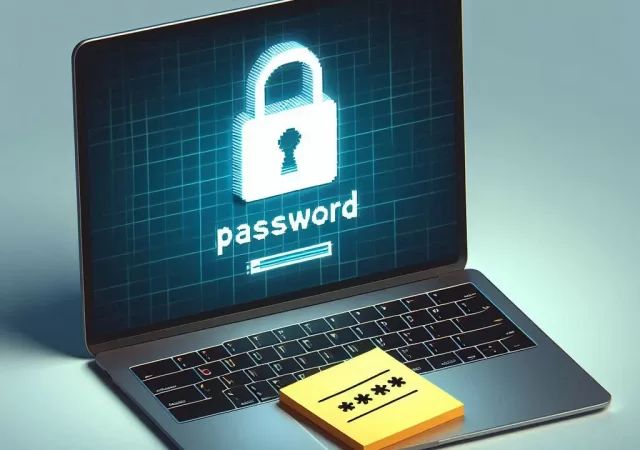As more cities move towards becoming Smart Cities, the need to strengthen core digital infrastructure requires a shift from being reactive to proactive.
How Your Bad Password Hygiene Can Put Everything At Risk at Home and at Work
Passwords keep our data safe. Bad passwords could risk personal data breaches and millions in losses? How?
Aruba ClearPass Security Portfolio Recognised for Ability to Reduce Risk
Aruba ClearPass receives recognition from Marsh’s Cyber Catalyst program, making it the second of Aruba’s Cybersecurity offerings to be recongised.
Can cybersecurity keep up with flexible work arrangements?
As companies move to a remote workforce in light of the COVID-19 pandemic, they face an unprecedented cybersecurity risk as they are forced to widen their network. So what can companies do about it?
Aruba Introduces ESP (Edge Services Platform), A Sixth Sense for Networks
Aruba introduces ESP, an AI driven, integrated platform for managing networks with AI telemetry and dynamic segmentation.







